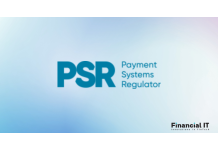QNB And Mastercard Expand Payment Services in Syria
- 05.01.2026 03:35 pm
AFS Launches SoftPOS (Tap-to-Phone) Solution Across...
- 05.01.2026 12:25 pm
KAST Expands Global Payouts To Additional Local...
- 05.01.2026 09:25 am
Currys Earns Its Stripes Overhauling Payment Tech with...
- 05.01.2026 09:15 am
INTX Integrates Tranzpay To Deliver Fully Embedded...
- 02.01.2026 12:35 pm
Fiserv Collaborates with Visa To Accelerate Agentic...
- 23.12.2025 10:00 am
FAB and Mastercard Transform UAE Business Payments...
- 22.12.2025 01:25 pm
Greater Flexibility to Be Given for Setting Future...
- 22.12.2025 11:55 am
PSR Takes Action to Boost Transparency and Governance...
- 22.12.2025 11:55 am
Moneyhash and Mastercard Collaborate to Expand Access...
- 19.12.2025 02:00 pm
Equals Money Partners with Okta To Secure AI-Driven...
- 19.12.2025 01:25 pm
New Research Highlights Strong National Support for...
- 19.12.2025 08:35 am






















